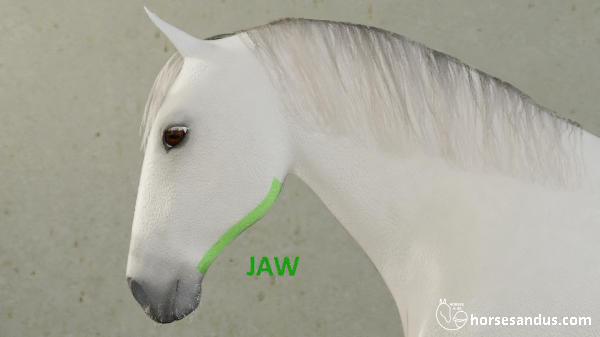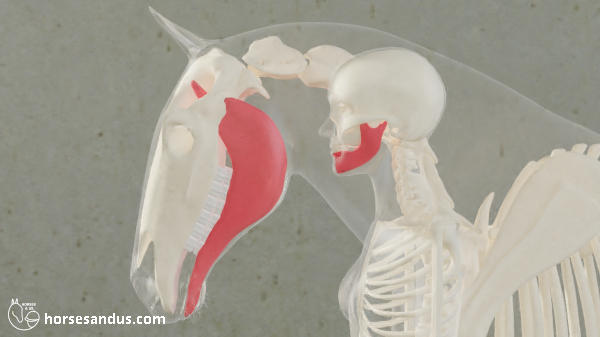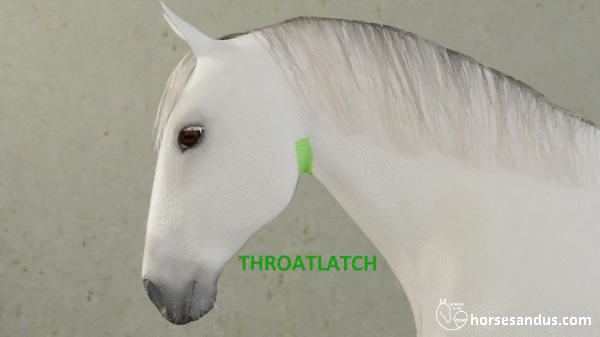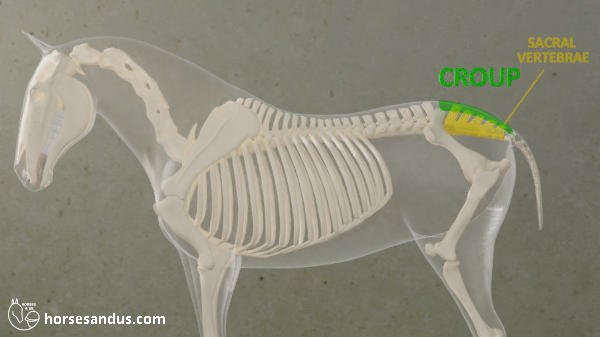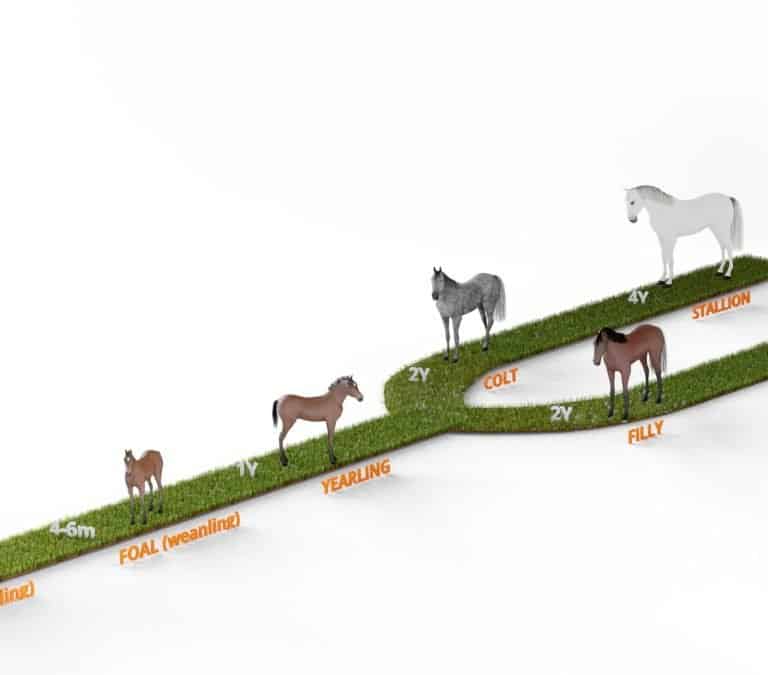If you have ever been around horse people, you may have noticed that they have a language of their own to describe the parts of a horse.
If you want to learn the common terms that are used to describe the parts of a horse, you have come to the right place. We use a 3d visible horse to easily show each external part and the internal bone structure that lies under it.
Whenever it makes sense we compare the parts of the horse with the corresponding parts in humans.
Parts of a Horse Diagram
A complete overview of the external parts of a horse can be seen in the diagram below.

A complete overview of the equine skeleton in the diagram below.

Below is the trailer of an animation that explains the parts of the horse in a fun way. You can get this video from amazon here.
Parts of A Horse’s Head and Neck
The horse´s head is elongated and very heavy compared to the rest of his body and is inserted at the top of the neck, which is long and very flexible.
The horse´s neck acts like a lever connecting the head to the body. So the horse balances itself using its neck and head.
When observing the different horse gaits, we can see how the head and neck move to support the horse´s locomotion and adjust its speed and direction.
Next, we will see the parts of the horse’s head and neck.
Parts Of A Horse’s Body
The body of the horse should ideally be square-shaped and symmetrical on both sides.
There are many external parts in the horse´s body, each one is described below.
Parts Of A Horse’s Limbs
The horse’s limbs are composed of bones, joints, muscles, tendons, and ligaments that enable the movement of the horse and support its weight.
The bone structure and size of the limbs vary across breeds. This variation enables the optimal use of the horse for different activities (sports and work).
The forelimbs of the horse are the equivalent to the arms of humans, and the hindlimbs are the equivalent to the legs of humans.


